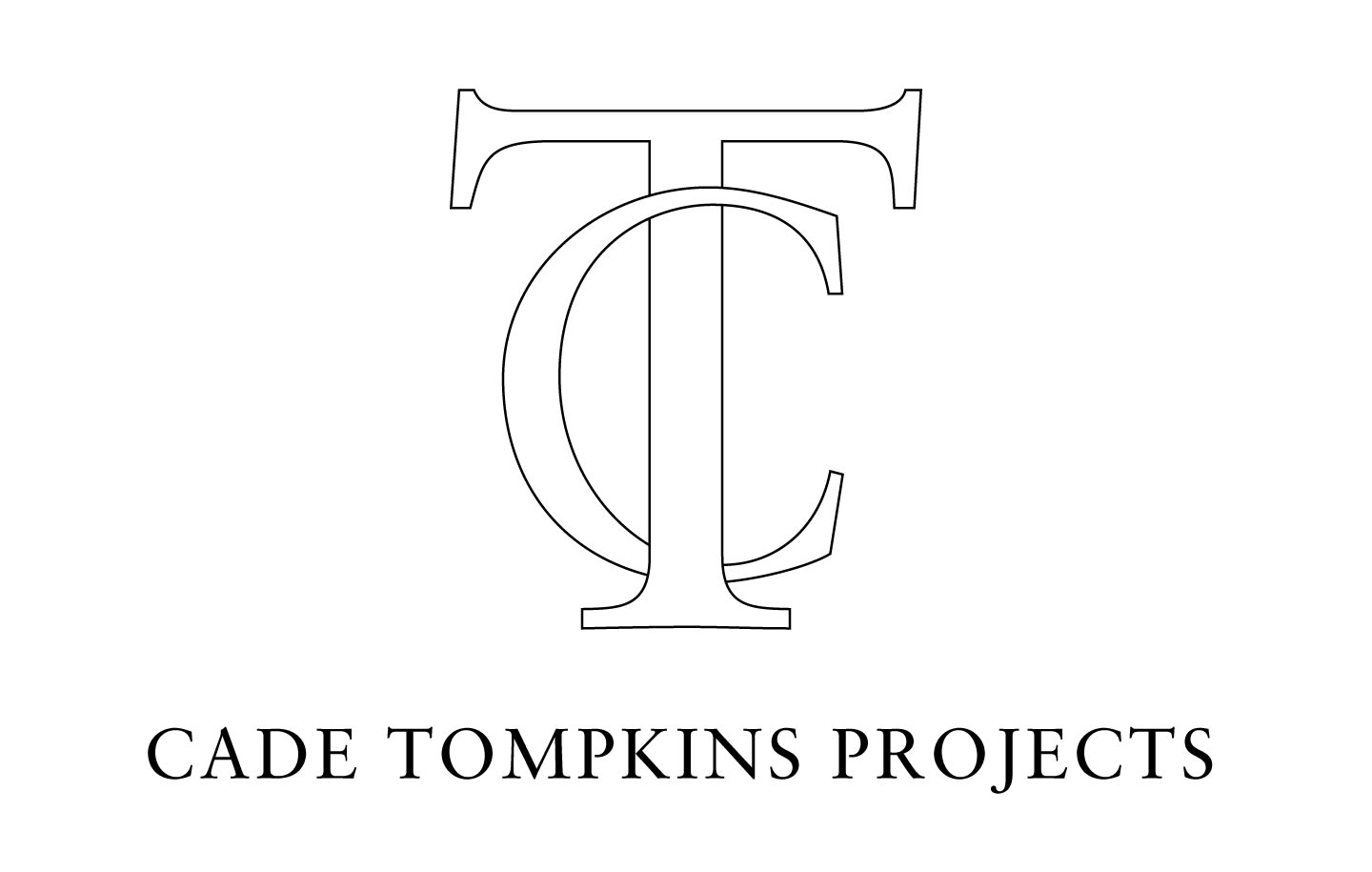In Donnamaria Bruton: Part II, The Later Years, Bruton’s paintings progress from inside to outstide, from a darker to lighter palette. The artist’s abstract expressionist acrylics are detailed with her signature collage technique using paper, stencil, glitter and text.
The show at Cade Tompkins Projects in Providence, RI, began in September with the artists’ earlier works from 1990 to 2000. Her early work often depicted personal interiors with full rooms, and domestic objects such as aprons, lamps, and even a vacuum cleaner. The second half, on display through December 23, spans 2000 to 2011. In this exhibition of four large-scale and two smaller landscape paintings, her use of light colors and forms make the experience peaceful and ethereal. In Prayers for the Innocent, Prayers for the Guilty (2003 - 2004), a 72 x 72-inch mixed media on board, Bruton combines domestic images—a bird, a snake and an urn—and layers them with tiny circles that hold verses of psalms. It juxtaposes the sacred and the earthy. Untitled III (2010-2011), another large mixed media on board, also uses the recurring circle motif; this time, they float against a haze of gauzy pink and yellow. A line depicts the horizon with white stenciled shapes that look like clusters of flowers resting below it. The serene landscape evokes the inlet outside Bruton’s Portsmouth, RI studio.
A vertical figure with sttenciled lace wings dominates Calculating Mary (2003-04), a 36 x 36 inch painting on board. The muted colors in the center are surrounded by reddish hues that seem fleshy, human.
Bruton grew up in Detroit (her father, Bill Bruton, played for the Detroit Tigers in the early 60s) and earned art degrees from Michigan State University and Yale University. She died in 2012 at age 58 yet left a legacy not just in her mesmerizing paintings but as the first African American professor at RISD, where she taught for 17 years and where her work is in the permanent collection of the Museum. Tompkins describes Bruton as “a painter's painter,” influenced by Matisse and deKooning. This show proves that Bruton deserves to be recognized as a master.


